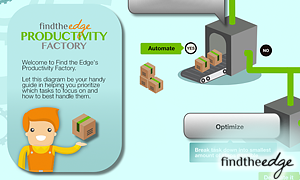 In an interview that could completely revolutionise how you view your recruitment processes, Find the Edge founder, Kenny Goodman, catches up with one of the world's leading recruitment psychology experts, Roger Philby.
In an interview that could completely revolutionise how you view your recruitment processes, Find the Edge founder, Kenny Goodman, catches up with one of the world's leading recruitment psychology experts, Roger Philby.
Roger, from The Chemistry Group, explains the logic behind his claim that 75% of employees are unsuitable for the roles they're currently in.
He also discusses why the ‘war of talent' is a myth, and how to identify, capture and create the best people for your organisation.
Among a variety of other topics covered in this revealing interview, Roger dismisses the entire recruitment industry, saying past experience is the least reliable predictor of future performance.
If you recruit people, then you need to listen to this interview:
or Download MP3
The interview lasts a little over 35 minutes, and is packed full of insight and ideas that you can use to:
- Reduce your recruitment spend and staffing costs (if you have the right people for the job you can offload waste).
- Create a culture that attracts and retains the top players in your sector.
Highlights of the Interview
00:59 – Roger talks about his background, including the time he spent working at Michael Page alongside Steve Ingham (Current CEO). He also talks about running resourcing for Nortel Networks in Europe, Africa, the Middle East & parts of Asia. He reveals this is where he “became obsessed with Human Beings in the workplace”.
02:11 – Roger details the three categories all employees can be grouped into:
- Linchpins – These are your A-Players. People who are outstanding and give above and beyond on a regular basis. They actively add value to your organisation.
- Presentees – These people turn up for work but are by no means outstanding. You're not sure if they add value or cause harm, so they are often ignored.
- Mood Hoovers – These people are described as neg-heads, who suck the energy out of organisations and other individuals.
03:34 – Roger points out that the above generally isn't as important when a company is in turnaround mode, as sorting through employees requires time. When Roger started Chemistry in 2003, he identified this phenomenon in one of his first clients, Energis Communications (Now Cable & Wireless) led by Archie Norman. Chemistry helped with the business turnaround, and saw total alignment in the organisation.
04:07 – Roger believes the world of psychology has the answers to every single business problem you have.
04:47 – His aim is to cut through the incomprehensible psychology jargon, making it easy to understand and practical to employ. His business bridges the gap between the psychology geeks and business world.
05:52 – When Roger was at Nortel Networks, he calculated that their hiring process was costing £300m per year. The cost of miss-hire across their sales force alone amounted to $65,000 for each person they hired.
06:03 – Cost per hire is a misnomer! Simply put, it doesn't matter. Getting your cost per hire down doesn’t necessarily mean you are saving money. Roger gives an example of a company proudly getting their cost per hire down to £750. Of these hires, 54% left in the first year and only 38% were hitting their targets.
07:38 – He discusses the main problem with recruitment – organisations routinely hire the wrong people for the wrong roles.
He says: “Chemistry have data, CIPD have data, British Psychological Society have data… we reckon only 25% of corporate hires are right for that role, at that time, in that business.”
This means current methodologies are only around 25% accurate when predicting a candidate’s future performance for a company.
10:03 – By using Chemistry’s innovative methodologies, Roger says companies can increase this accuracy level from 25% to 75%. Chemistry’s clients report this level to be as high as 86% accurate at predicting the future performance levels of candidates.
11.09 – Roger dismisses the entire recruitment industry. He says evidence proves that previous experience is the least reliable predictor of future performance, and explains why more data points are needed.
13:26 – He then details Chemistry's ‘Five Box Model’ for efficient and effective recruitment:
- Intellectual horsepower is at the top – not because it is the most important – but because it’s the hardest to change. Intellect should only be considered if important for the role, however.
- Values Again, these are difficult to change. The individual's personal values should be aligned with those of the organisation's. This guarantees full commitment and a happy relationship between the two.
- Motivation is in the middle of the stack, and includes both internal and external motivations. Roger says employee self-esteem is also very important in creating innovative risk takers. The problems often lie with the executive teams in this regard.
- Behaviour is second to the bottom. It's not what the candidates know, it's what they do with their knowledge.
- Experience is bottom because it is the easiest factor to change. Effective training can easily solve a lack of experience given a little time. Roger discusses how to break the myth of the ‘War for Talent,' and save money without compromising on quality.
34:02 – Roger gives an example on how Chemistry currently assist O2 in assessing prospective candidates through an online game they have created. This filtering process ensures only the right candidates are considered.
If you recruit people then you need to listen to this interview:
or Download MP3




